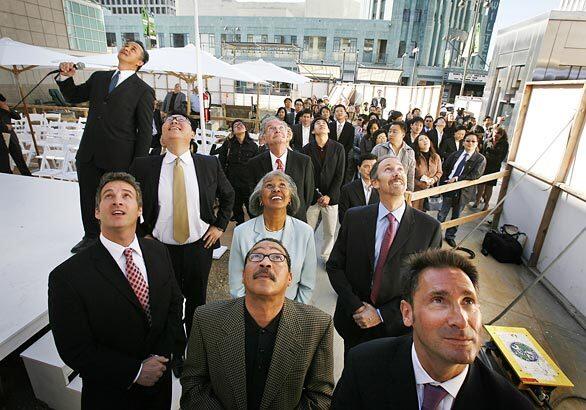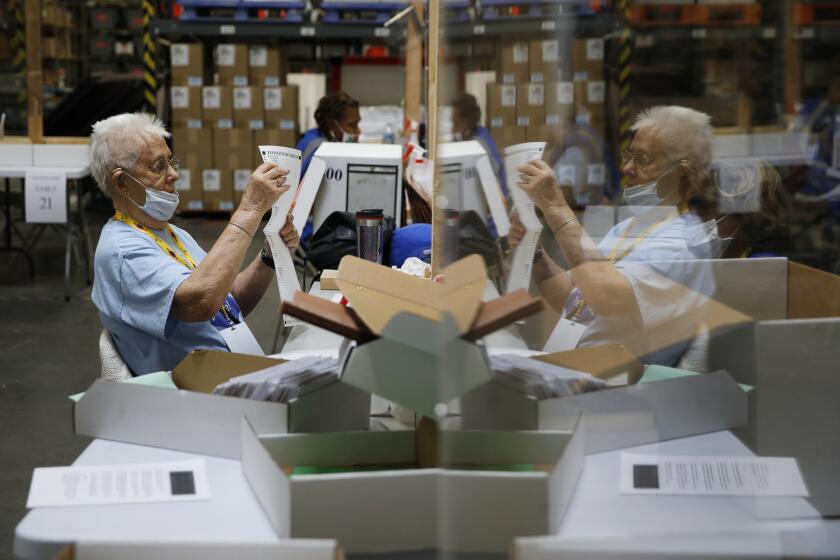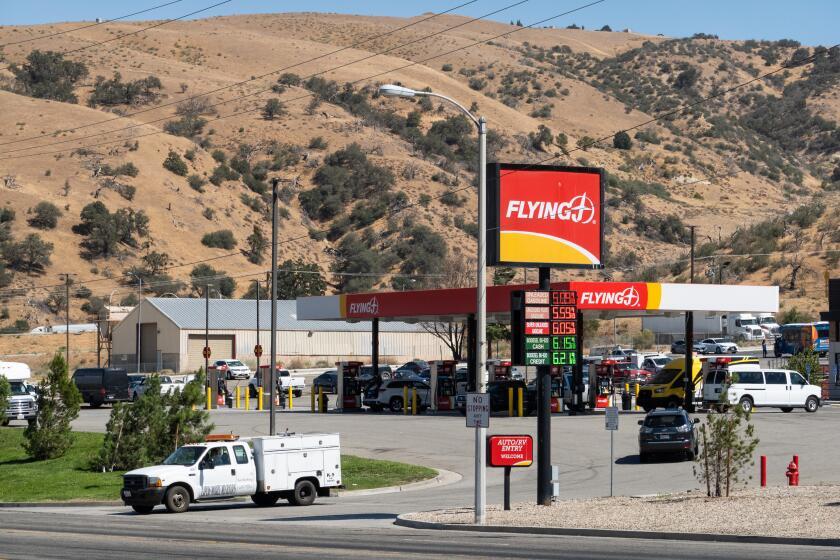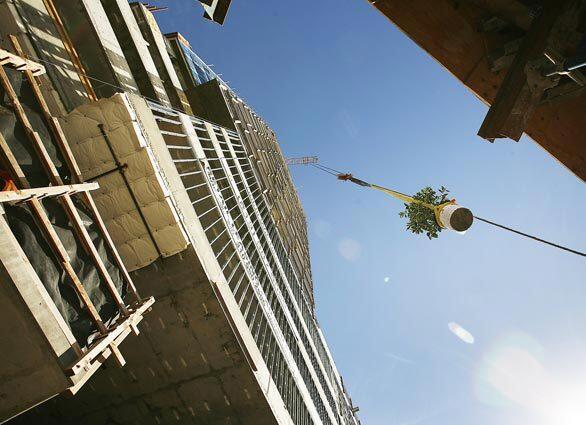
A construction crane lifts a citrus tree to the top of the new Solair development at Wilshire Boulevard and Western Avenue in Los Angeles. Officials gathered Monday on the Solair’s roof to mark the “topping off” of the building, the point during construction when the concrete roof is poured and the structure is fully enclosed. (Brian Vander Brug / Los Angeles Times)
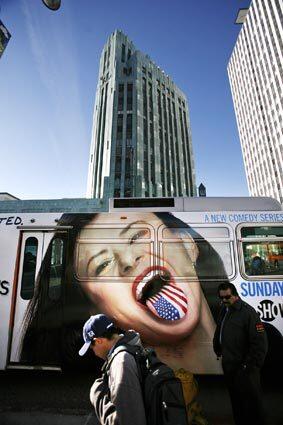
There are more than two dozen residential developments underway along Wilshire Boulevard between downtown and the Miracle Mile district. (Brian Vander Brug / Los Angeles Times)
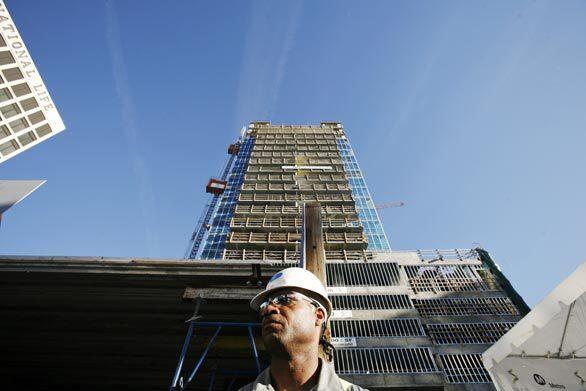
Ed Morton, a security guard at the Solair complex at Wilshire Boulevard and Western Avenue, mans his post Monday. The Wilshire corridor is one of the few areas exempt from a city law restricting the size of future high-rises. (Brian Vander Brug / Los Angeles Times)
Advertisement
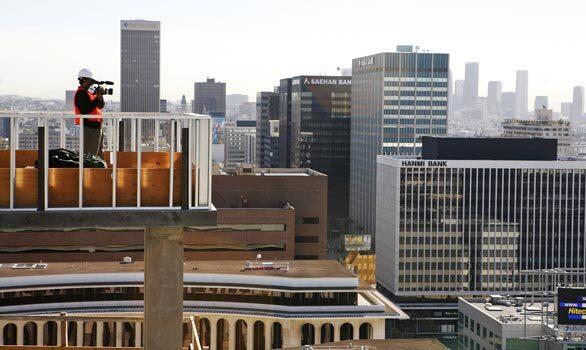
The Los Angeles County Metropolitan Transportation Authority is a partner in the Solair development, which is built atop a Purple Line station. Downtown can be seen in the distance from the Solair’s roof. (Brian Vander Brug / Los Angeles Times)

Architect Claude Beelman designed the 1963 Mercury building, left, the former headquarters of Getty Oil. Condos in the building now sell from $400,000 to more than $1 million. (Brian Vander Brug / Los Angeles Times)
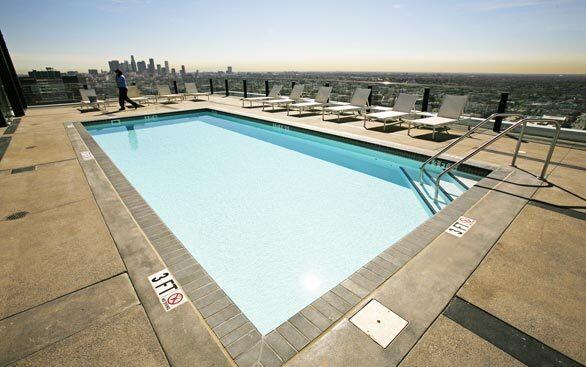
The rooftop deck of the Mercury Building offers sweeping views of the Hollywood Hills and downtown. Actor Scott Baio was recently married poolside. (Brian Vander Brug / Los Angeles Times)
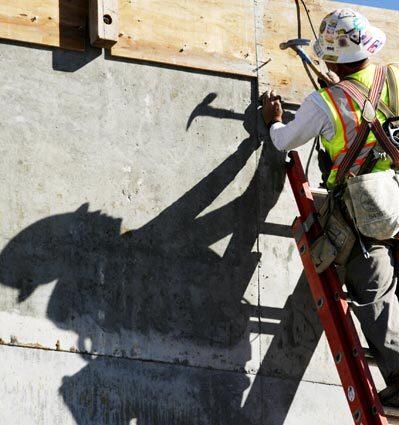
A construction worker works on the Solair building. (Brian Vander Brug / Los Angeles Times)
Advertisement
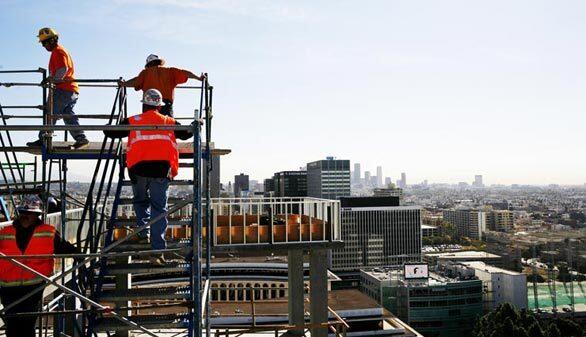
Construction workers climb a stairway on the rooftop of the Solair. (Brian Vander Brug / Los Angeles Times)
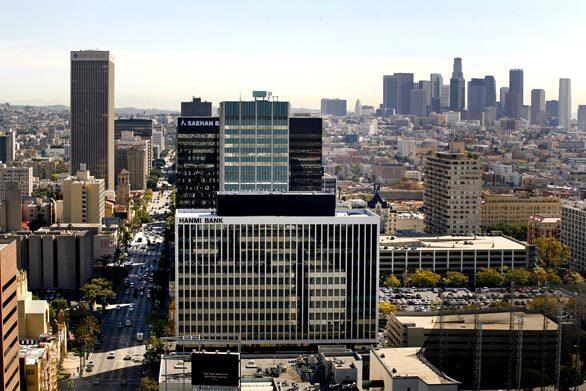
By the late 1980s, the Wilshire corridor was showing signs of decline. Many firms that were headquartered along the boulevard had moved. The riots of 1992 and a recession in the early ‘90s hit the area hard. The current revival is fueled in part by investment from Koreans and Korean Americans. (Brian Vander Brug / Los Angeles Times)
